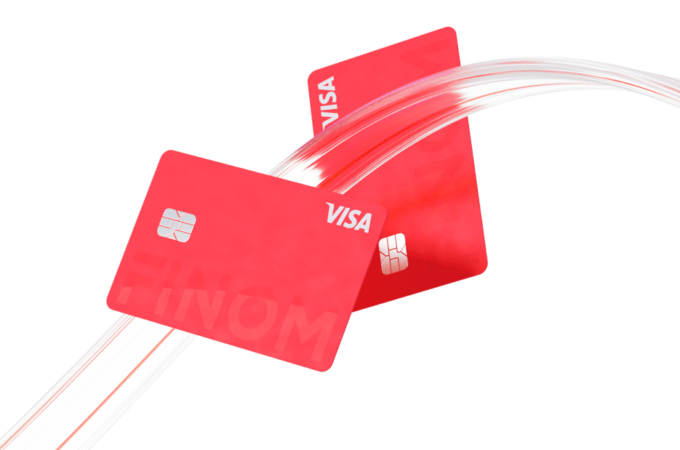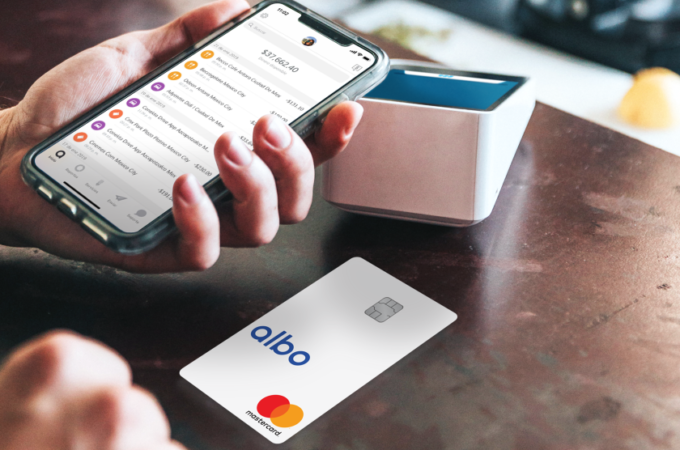
Five Important Lessons For SaaS Tech Startups
By Arash Asli for Forbes
Working in a SaaS startup is like working in a laboratory: You perform various experiments to gather data, and then use that data to make informed decisions and attain results.
The SaaS landscape is constantly changing, and you can learn a lot of interesting things by performing experiments as well as watching how other SaaS vendors develop, market and sell their products. Being agile, having the will to experiment, and quickly learning from failures to create recipes for success have all helped our SaaS business evolve, one experiment at a time.
Below are the five most important lessons we learned in our SaaS laboratory while performing our own experiments (and keeping an eye on other vendors as well).
Use The ‘Try Before You Buy’ Formula
Paying subscribers are crucial to maintaining and growing your businesses; however, a fine line appears when you want people to try out your software but don’t want to just give everything away. It’s hard to get people to pay a subscription fee before they know if it’s the right fit.
In the first case, the number of free days would depend on the complexity of the product, the change management, and the learning curve it might require. In our case, we decided to go with a freemium model, where we gave customers the ability to try one of our paid packages completely free for the first 30 days.
However, after the trial period, the customer could then choose to remain on a free subscription — which includes basic appointment booking, business management and CRM features — or upgrade to our premium paid packages for advanced features. With this approach, the customers get to try out the premium features in the first 30 days, but can keep using the software’s basic features for free and upgrade over time as they need the additional capabilities.
In either case, allowing them to dive right in and start using the software with only their name, email and a password was crucial to get them on board without having to fully commit.
Offer One-On-One Demos
Remember the last time you went to buy a car — what was the first thing you wanted to do? Test drive it.
In our industry, it’s the same thing. Especially when you are still fine-tuning your user experience, you can get people further through the door with complimentary one-on-one demos to determine fit.
This has been a huge success for us, and it goes beyond a free trial because people can see multiple vantage points of the software. They also have the ability to ask the product specialists questions and get instant answers.
When people have that helping hand right there, they are more inclined to carry forth with purchasing the software and fully using it in their day-to-day business.
Write Clear Sales Copy
To entice people to start to using your software, you can’t have boring copy.
When people visit your sale and landing pages, you only have a few moments before they decide to leave. They will do so if they can’t find what they’re looking for.
To master the art of copy, especially when you are selling SaaS software, you have to test and test some more. A/B split testing is a great way to see what works and what doesn’t.
If you want to increase subscriber growth, you have to have content that is direct and straight to the point. Your landing pages need to present the content with bright images, multimedia and bite-sized text that people can digest before they move on to the next section of your site.
Be clear on what issues your software solves, who your audience is, and why your solution is the best. Visitors will appreciate the fact that your company is striving to solve their pain points and will sign up with you because of it.
Invest In Customer Success
Your customer support says a lot about your company. Support for SaaS software is essential to the survival of the business and it should not be taken lightly.
We wanted to give our users incredible service during pre-sales, during sign-up, and after they became a user. We did this by making it really easy for them to connect with us via different channels including phone, email and chat. However, we also invested in customer success managers. They proactively make sure customers are properly on-boarded and are finding value from our software. We figured that if you’re building a business based on a recurring revenue model, your customers’ success is your success.
Our customer success managers then fed into our research and development on product and user experience improvements, as well as into customer referrals and marketing collateral.
Invest In User Experience
A picture says a thousand words, and so do the first seven seconds of someone landing on your website. Providing your clients a great user experience is essential if you expect people to sign up with you and to stick around.
These five basic principles made it easier for our customers to try, buy and get help, and applying them will eliminate many of the frustrating pain points that come with your own SaaS launch.
First appeared at Forbes





